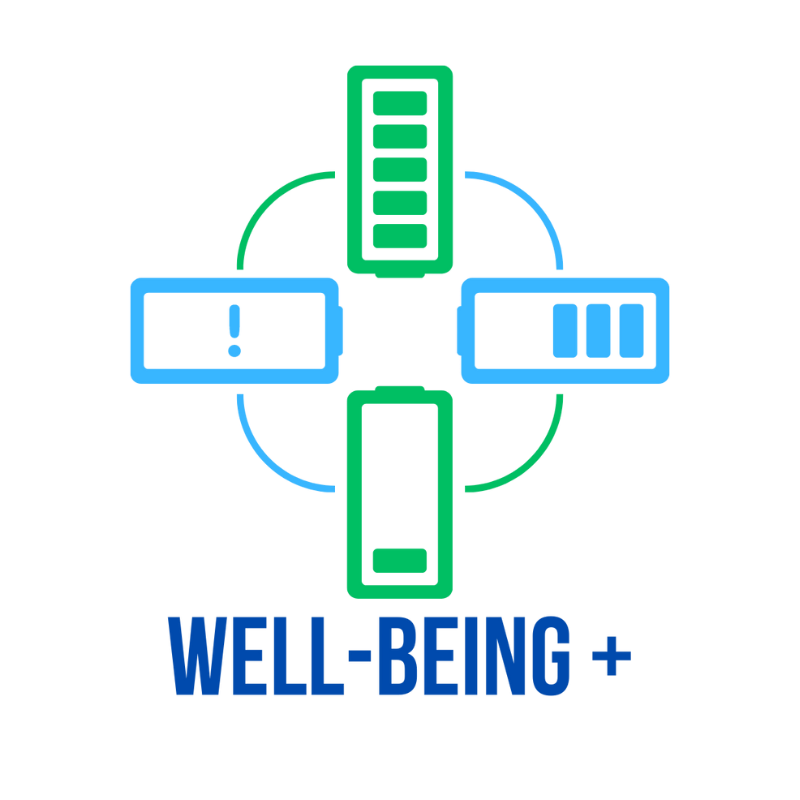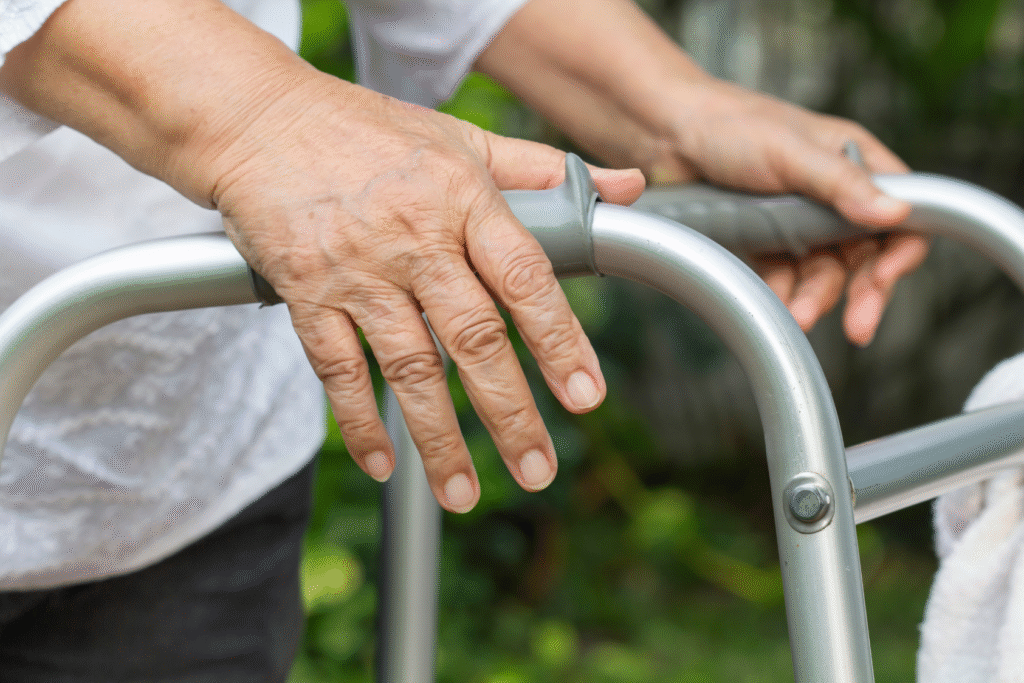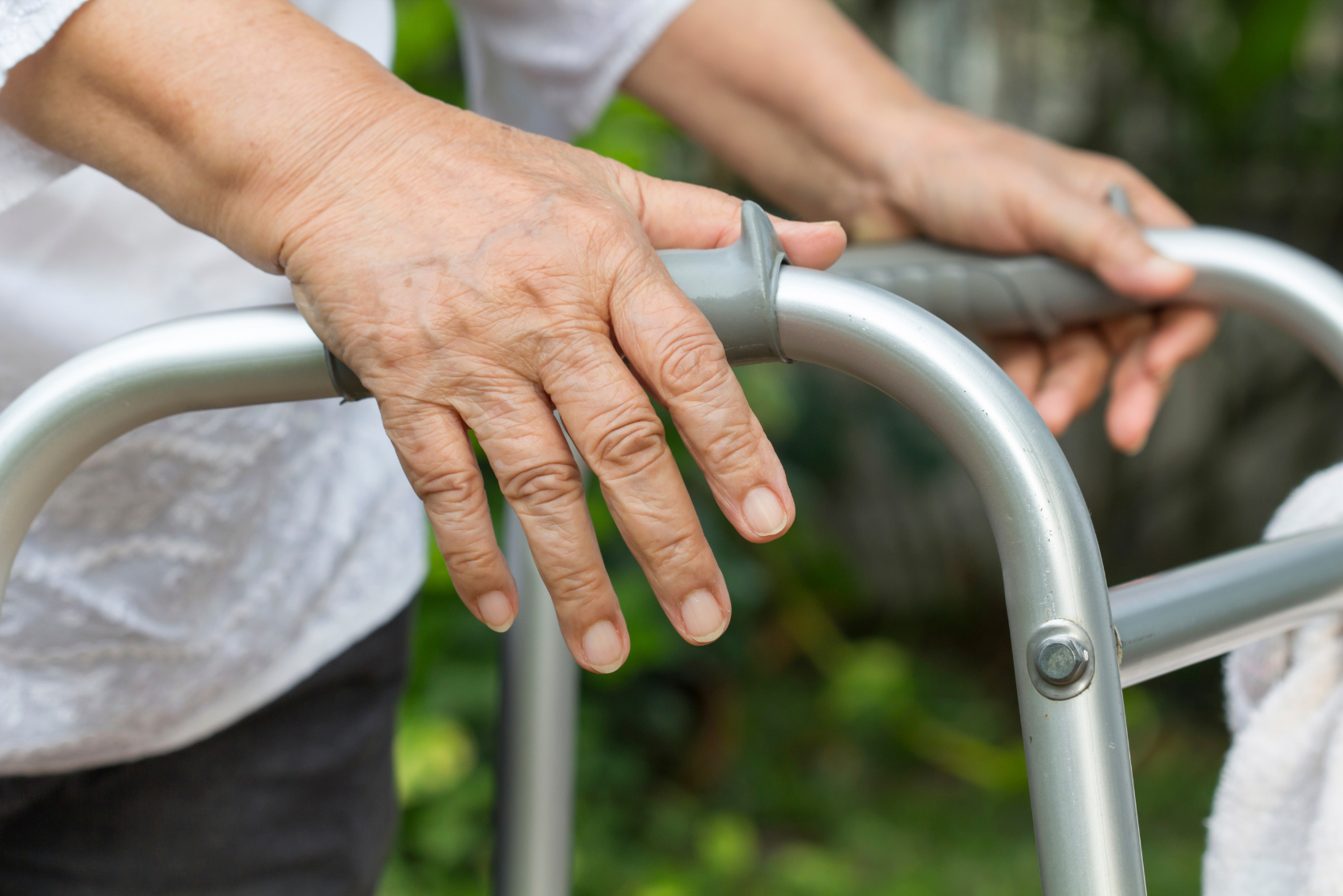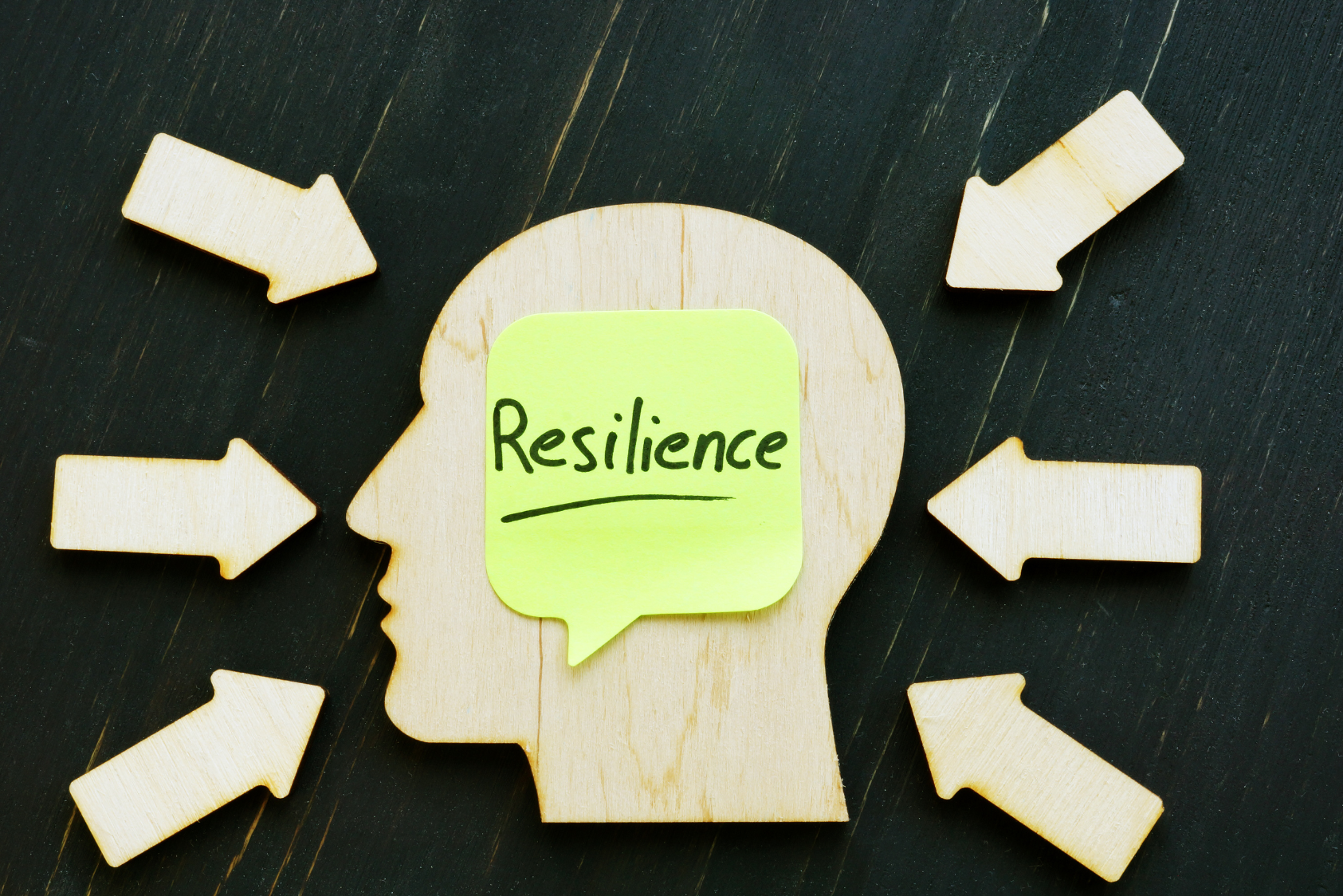When people think about fitness, strength and endurance often get the spotlight. But there’s another key element of physical health that doesn’t always get the attention it deserves: mobility.
Mobility is more than just flexibility—it’s the ability of your joints and muscles to move freely and comfortably through their full range of motion. It’s what allows you to bend down to tie your shoes, reach overhead for a box, or sit on the floor and get back up with ease. Supporting mobility isn’t just about athletic performance; it’s about maintaining independence and quality of life at every age.
What Is Mobility and Why Does It Matter?
Mobility combines flexibility, strength, and coordination. It’s not simply about how far you can stretch—it’s about how well your body moves as a whole. Good mobility means you can perform daily tasks with less effort and less risk of injury.
Without it, even simple actions like getting in and out of a car or carrying groceries can become challenging. Over time, limited mobility can affect posture, balance, and confidence.
The Link Between Mobility and Aging
Mobility becomes especially important as we age. Stiff joints, weaker muscles, and reduced balance can make everyday movements harder. But the good news? Consistent mobility practice can slow down or even reverse some of these changes.
Maintaining mobility helps older adults stay independent longer, reducing the risk of falls and supporting confidence in daily activities. For younger adults, it’s an investment in future well-being—building habits now protects your body for years to come.
How Mobility Supports Injury Prevention
When joints move smoothly and muscles remain balanced, the body is less likely to experience strain. Poor mobility, on the other hand, forces the body to compensate, often leading to aches, stiffness, or injuries over time.
For example:
-
Limited hip mobility can stress the lower back.
-
Tight shoulders can affect posture and increase neck tension.
-
Restricted ankle movement can lead to knee discomfort.
Improving mobility reduces these compensations, making movement more natural and sustainable.
Simple Mobility Practices for Everyday Life
You don’t need special equipment to support mobility—just a few minutes of intentional movement each day can make a difference.
Morning Stretch Routine:
Start your day with gentle stretches that wake up your muscles and joints. Focus on neck rolls, shoulder circles, and light torso twists.
Dynamic Movements:
Before activity, try dynamic stretches like leg swings, walking lunges, or arm circles. These help prepare joints for movement and improve range of motion.
Desk Breaks:
If you spend long hours sitting, stand up every 45–60 minutes to stretch your hips, back, and shoulders. Even a short walk can reset your body.
Foam Rolling or Massage:
Self-massage tools can release tight muscles and improve blood flow, supporting more fluid movement.
The Role of Strength in Mobility
Strength and mobility go hand in hand. Muscles need enough strength to control movement through the full range of motion. Without this, joints may feel unstable, and flexibility gains won’t be as useful.
For example:
-
Strong glutes support hip mobility.
-
Core strength helps maintain posture and spinal movement.
-
Shoulder strength allows safe, controlled overhead motions.
Combining strength training with mobility work creates a balanced, capable body.
Breathing and Mobility Connection
Breathing patterns also influence mobility. Shallow chest breathing can keep muscles tight, while deeper diaphragmatic breathing encourages relaxation and flexibility.
Try this: During stretches, inhale slowly, and exhale as you ease deeper into the movement. This helps the body release tension and extend mobility safely.
Mobility for Mental and Emotional Well-Being
Mobility isn’t just physical. Taking time for stretching and mindful movement creates a pause in the day—a chance to breathe, reset, and let go of tension. Many people find mobility routines calming, almost like meditation in motion.
This mind-body connection means mobility can support emotional balance while also keeping the body functional.
Putting It All Together
Mobility is a cornerstone of lifelong health. It allows you to move with freedom, reduces the risk of injuries, and supports independence as you age. By blending daily stretching, mindful breathing, and strength training, you create a body that feels both capable and resilient.
Remember, you don’t need to dedicate hours to mobility—a few consistent minutes each day can add up to meaningful change.
Final Note
This article is for informational purposes only and does not replace medical or physical therapy advice. If you have chronic pain, injuries, or specific health conditions, consider consulting a healthcare professional before starting a new routine.
At Well-Being Plus, we believe health is built on small daily habits. Explore our blog for more supportive practices that connect body, mind, and emotions for long-term well-being.







